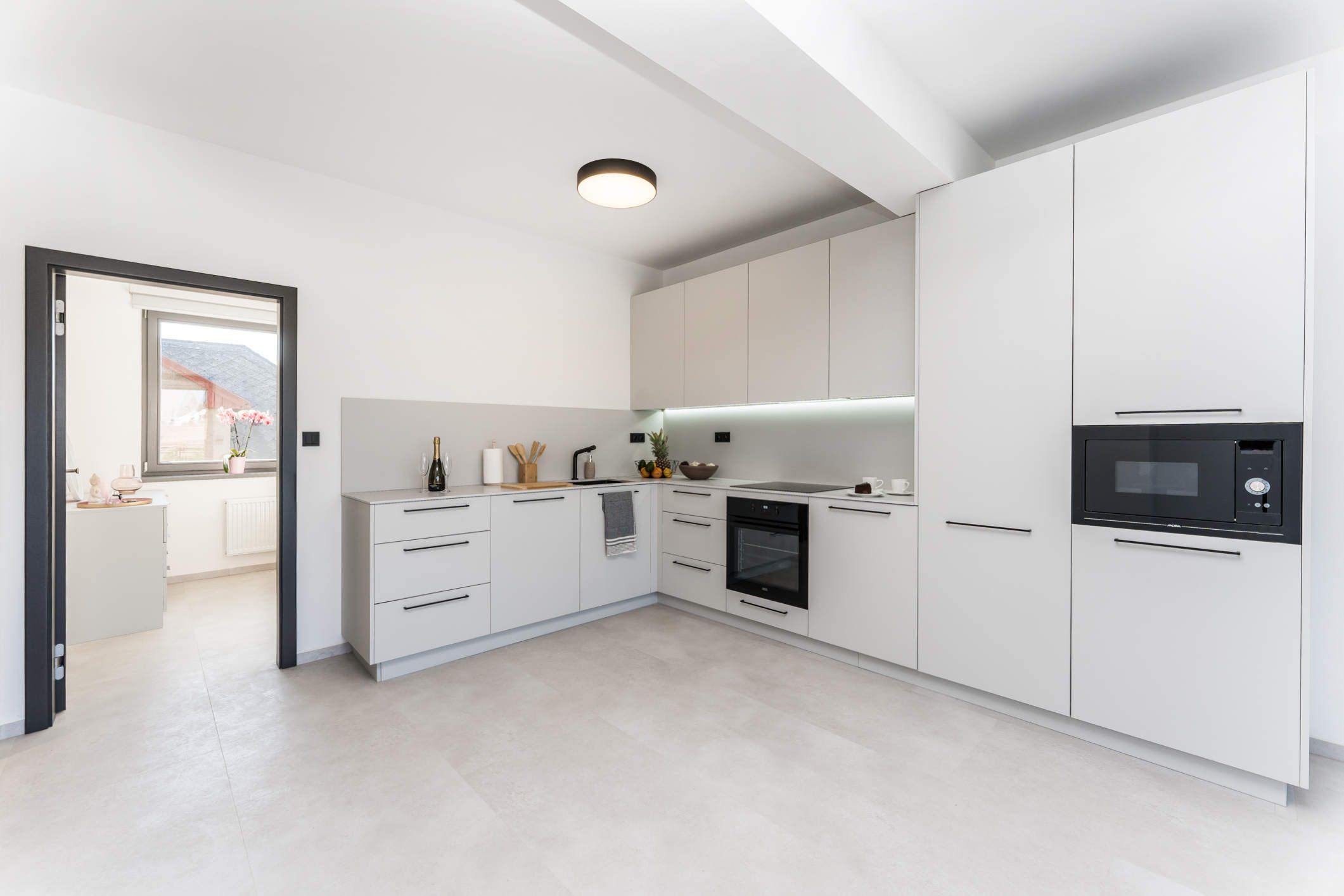High humidity in the apartment and the associated mold growth are a problem for a large number of households. Older houses and apartments in particular are more susceptible to mold growth, and the level of humidity also affects the use of the apartment and our habits.
Let's start from the beginning, the optimal humidity in the apartment is between 40% and 60%, if you suspect that your home is too humid, we recommend buying a hygrometer and monitoring it. Ideally, we behave in such a way that mold does not form in the apartment at all. The most basic point of prevention is ventilation, and proper ventilation! This means opening all windows and doors several times a day so that air can flow, such ventilation does not have to last longer than 3 minutes, but it will do you a great service.
Another preventive measure is the correct method of heating. At the very least, you should heat all rooms in the house "so-called tempering", even if you do not use them at all. In cold rooms, air condenses, which brings moisture and therefore potential mold. You further increase this risk if you overheat one room and underheat the others.
If your household does not suffer from mold problems, you will probably be able to use the above-mentioned preventive measures, but if they are not among the "nonproblematic", there are other ways. Think about the placement of furniture, built-in wardrobes, furniture placed close to the walls or arranged in a way that prevents air flow can be a big problem. The presence of too many indoor flowers can also increase humidity, but be careful! There are also flowers that absorb air humidity, such as orchids. It should be a matter of course to use a hood when cooking and fans in bathrooms, etc.
In more serious cases, it is a good idea to consider and invest in special paints with anti-mold effects. Using special dehumidifiers and, if the entire house suffers from humidity, also major interventions such as remediation.
















